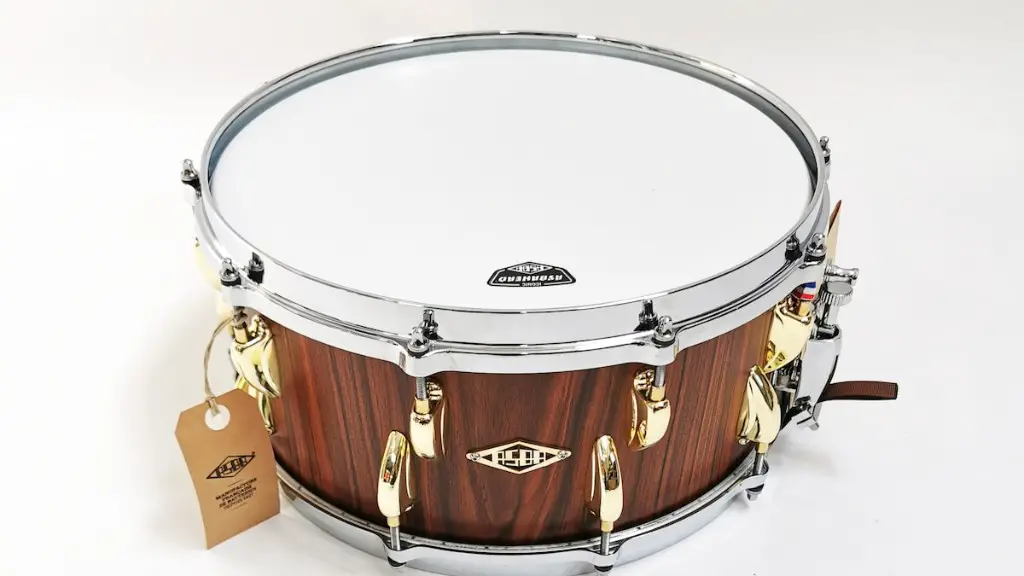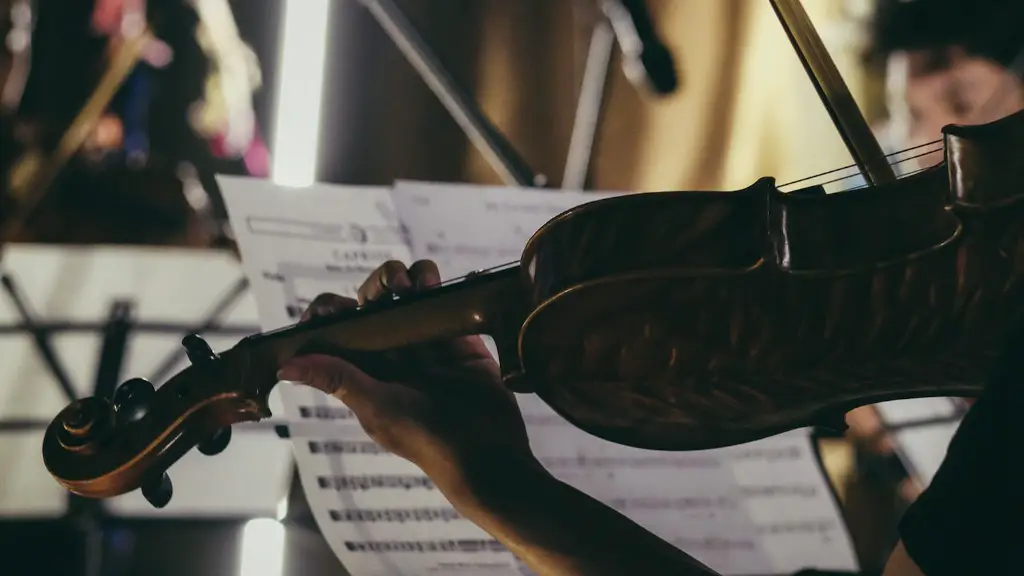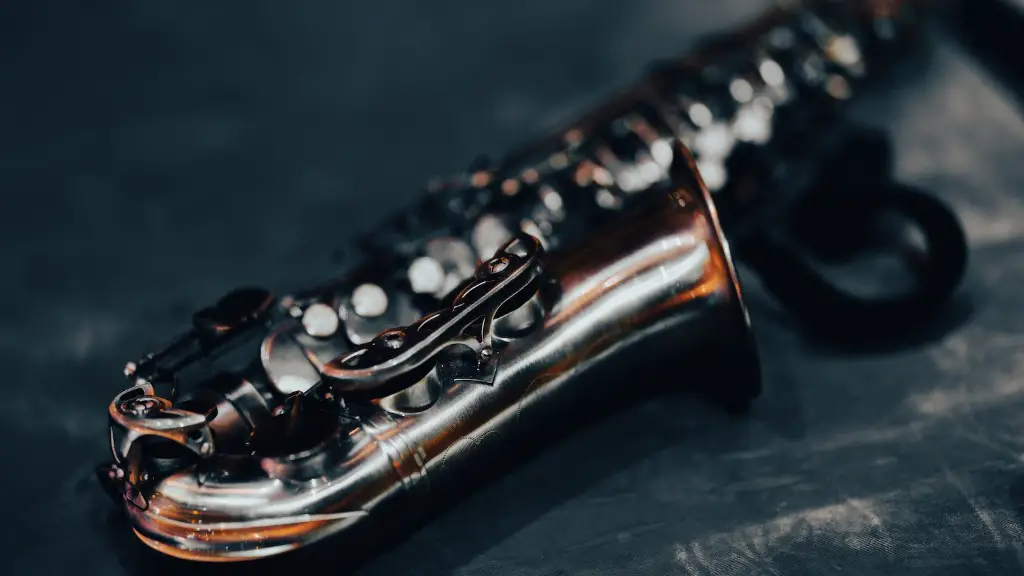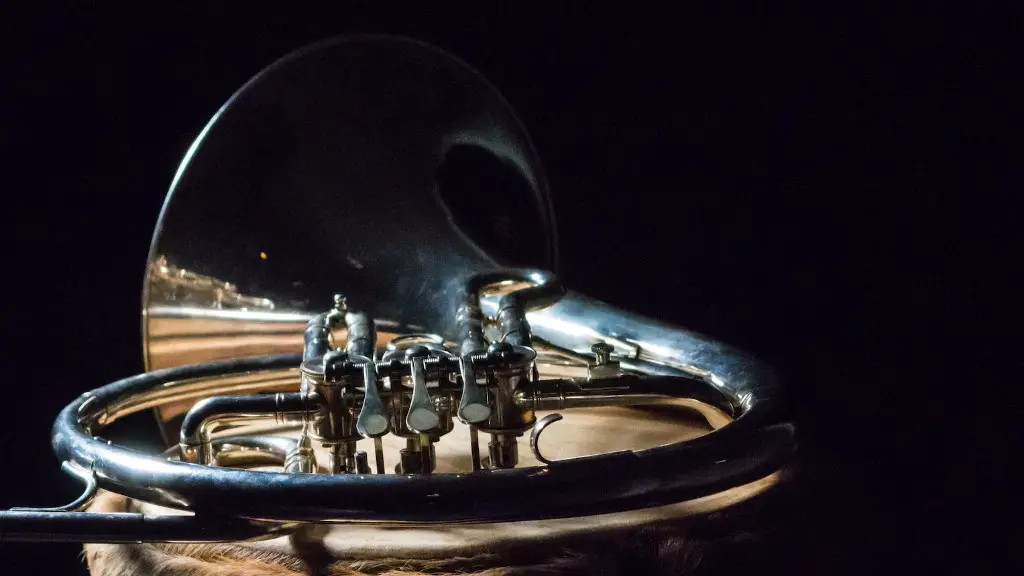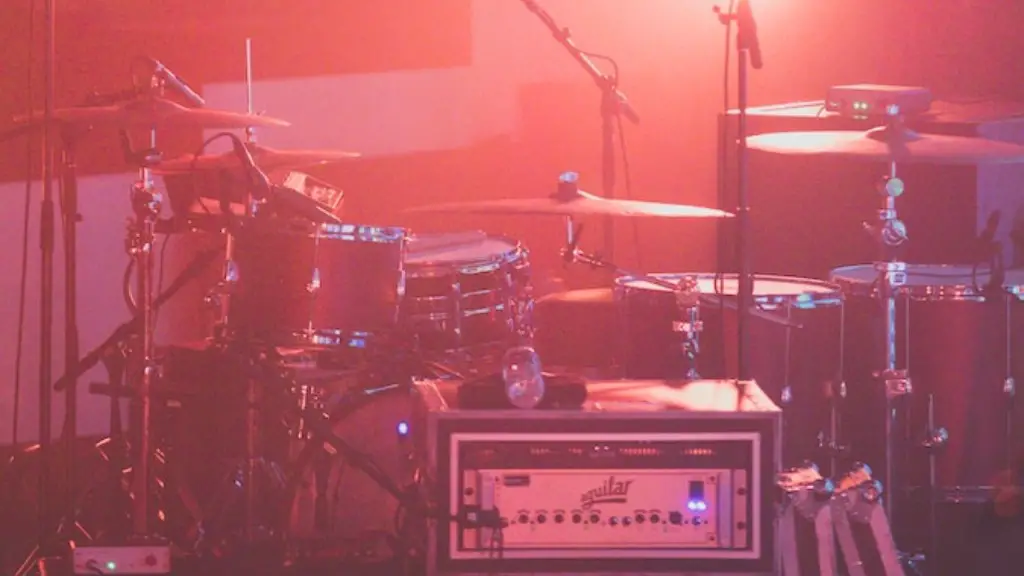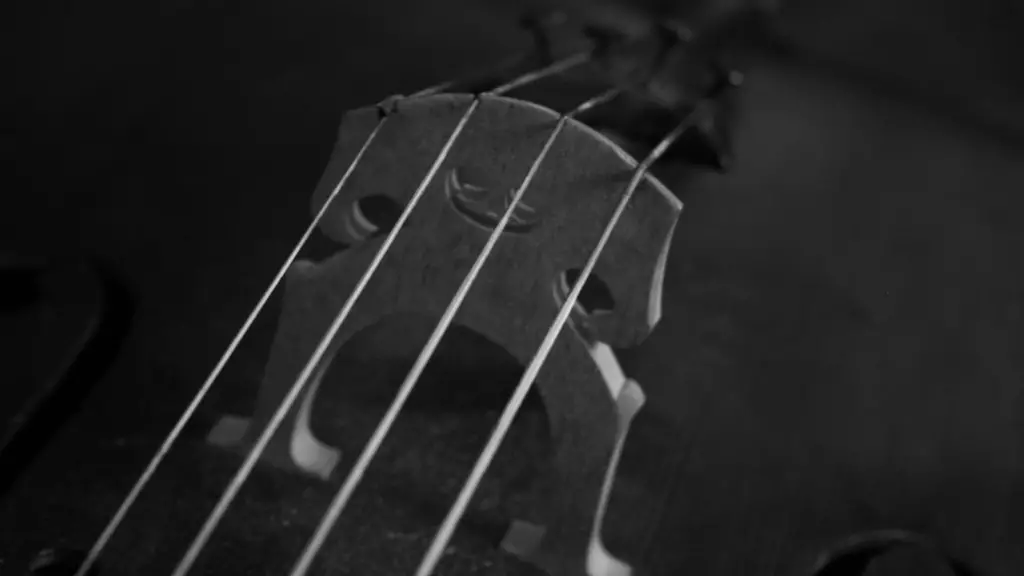Playing drums with brushes is an art form that has been around for decades. It is a great way to add a different sound and style to your drumming.
Using brushes can be tricky, but with practice and dedication you will soon be able to master the technique. The first step is to select the right brush for the job. Different brushes have different sizes and shapes, so it is important to choose one that fits your hand and playing style.
The next step is to practice proper technique. This includes proper grip, stroke, and angle of attack. You should also experiment with different strokes such as up-strokes, down-strokes, and circular motions.
Finally, it’s important to practice regularly in order to improve your skills and become comfortable with the brush. With time and effort, you can become an expert at playing drums with brushes!
Positioning the Drum Brush
Playing drums with brushes is an essential technique for any drummer to master. When positioning the brush on the drumhead, it’s important to keep in mind that the brush should stay parallel to the drumhead, and not perpendicular. This will allow for a smoother and more even sound. To achieve this, place your elbow at a 90-degree angle on your thigh and have your arm point towards the drumhead. Make sure to keep your wrist straight while moving the brush back and forth across the head.
When using multiple brushes, you may want to consider using a combination of different sizes and types of brush heads. This can create a variety of different textures and sounds that can be used to enhance any song or beat. Additionally, adjusting how hard you press down on the drumhead while playing with brushes can create a wide range of dynamics as well. Experimenting with different techniques will help you find which style works best for you and add flavor to any beat or song!
Using the Drum Brush
Playing drums with brushes is a classic technique used in jazz, country, and other styles of music. Brushes provide a softer sound than sticks and are often used to create a more subtle, nuanced texture on the drum set. Playing with brushes requires a different approach than drumming with sticks, and requires you to use different techniques and body movements.
When playing with brushes, make sure to keep your wrists loose and relaxed to allow for greater control of the brush. Hold the brush near the middle of the handle for better articulation. When striking the drum head, use more of an up-and-down motion rather than a side-to-side motion to ensure that you are making contact with the entire surface area of the head. This will produce a fuller sound. You should also experiment with using different sizes and shapes of brushes to get various sounds from your drums.
You can also vary your sound by using different stroke techniques on your drums. The traditional swing is a basic brush stroke used in many styles of music where each stroke alternates between upstrokes and downstrokes. The flip-flop technique involves an upstroke followed by two downstrokes, while double strokes involve two downstrokes followed by an upstroke. Experimenting with these techniques will help you create more interesting textures on your drums when playing with brushes.
Experimenting with Different Sounds
Drumming with brushes is a great way to explore new and interesting sounds. Brushes provide a softer, more subtle sound that can be used to create complex rhythms and accompaniment. They are often used in jazz and other genres of music, as well as in traditional drum circles. But using brushes effectively can be tricky – here are some tips for getting started.
First, make sure the brushes are the right size for your hands. Too long or too short will make it hard to control them. You also need to find the right type of brush head; generally, softer heads will provide a softer sound while stiffer heads will give a more percussive sound.
Once you have the right equipment, practice slowly and work on developing your touch. To produce different sounds, try varying the pressure you apply and the angle of your brush strokes. Experiment with different techniques such as swiping, tapping and sweeping across the drums. This will help you create unique sounds that fit your style.
Finally, practice playing along to music or jamming with other musicians to get comfortable with using brushes in a musical setting. With some practice and experimentation, you’ll soon be able to use brushes to create great sounding drums parts!
Practicing with Different Rhythms (How To Play Drums With Brushes)
Learning to play drums with brushes can be a great way to add texture and nuance to any drum performance. Brushes offer a unique sound that is not achievable with sticks, allowing you to explore different rhythms and techniques. To get started, it is important to understand the basics of brush technique, such as proper grip and motion, before progressing to playing more complex rhythms.
Once you have mastered the basics of playing with brushes, you can begin to explore different rhythmic patterns. You can practice these patterns slowly at first, using quarter or eighth notes. As your skill level increases, you can move on to more complex rhythms such as 16th notes or triplets. Additionally, changing the speed of your strokes can help create interesting textures that are not achievable with sticks.
Another great way to practice drumming with brushes is by playing jazz-style swing grooves. This type of groove requires a steady and consistent brushing motion while maintaining the correct tempo and dynamics. Additionally, adding subtle accents within the pattern can help bring out the nuances in the music.
Finally, it is important to remember that practice makes perfect when it comes to mastering brush technique on drums. So don’t be afraid to experiment and explore different patterns and speeds until you find what works best for you!
For those looking for an even more challenging exercise, try incorporating ghost notes into your rhythms for an extra
Incorporating Drum Brushes into Your Performance
Drum brushes are an essential tool for drummers, allowing them to create subtle and nuanced sounds when playing. They offer a completely different sound than traditional drums sticks, and can add an element of texture to any performance. When used correctly, drum brushes can help create a unique and dynamic sound that stands out from other drummers.
When learning how to play drums with brushes, you should start by familiarizing yourself with the different types of brushes available. Drum brushes come in various sizes, materials, and shapes, so it’s important to choose the right one for your playing style. Generally speaking, lighter brushes are better suited for softer sounds while heavier ones offer more volume. Once you’ve chosen the type of brush you want to use, practice holding the brush correctly in your hand. It’s important to keep your grip light but firm so that you can maintain control over the brush as you play.
When hitting the drumhead with a brush, it’s important to use a light touch and keep your strokes consistent in order to get the desired effect. As you become more comfortable with using drum brushes, experiment with different techniques such as using circular or figure-eight strokes or combining muting techniques with brush strokes for a unique sound. Finally, don’t forget to practice! With enough practice and dedication, you’ll be able to master drumming with brushes in no time at all!
Creating Your Own Style of Playing with Drum Brushes
Learning to play drums with brushes is an essential skill for any drummer. Brushes allow you to add subtlety and nuance to your playing, as well as create interesting sounds. The trick is to develop a technique that works for you – one that allows you to play with precision and control. Here are some tips for getting started:
Firstly, choose the right type of brush. Different brushes have different shapes and sizes, so it’s important to select one that suits your playing style. Consider the size of the head, the length of the handle, and the stiffness of the bristles.
Once you have chosen a brush, practice holding it correctly. You want to be able to move it quickly and accurately without straining your wrist or fingers. Practice playing different patterns using different grips – such as traditional grip or matched grip.
Experiment with different sounds. Varying your technique can dramatically alter the sound of your drumming. Try using a looser grip for a softer sound or a tighter grip for more attack. Strike at different angles and use varying amounts of pressure on the heads for a range of tones.
Finally, practice regularly and develop muscle memory so that playing with brushes becomes second nature. This will help you feel more comfortable playing with brushes both in rehearsals and performances – allowing you to quickly develop your own unique style.
To Sum It All Up
Playing drums with brushes is a great way to add subtlety and nuance to your playing. It takes some practice to get the hang of it, but once you do, you can create beautiful and intricate patterns. To get started, make sure you have the right brushes for the job, and that they’re properly maintained. Start by experimenting with different strokes, and gradually build up your speed and complexity as you become more comfortable with the technique. You’ll be able to create unique textures on your drum kit in no time.
With some practice and dedication, anyone can learn how to play drums with brushes. The rewards are great; you’ll be able to add a whole new dimension to your playing. So grab a pair of brushes, set aside some time for practice, and see what kind of beautiful sounds you can make!
